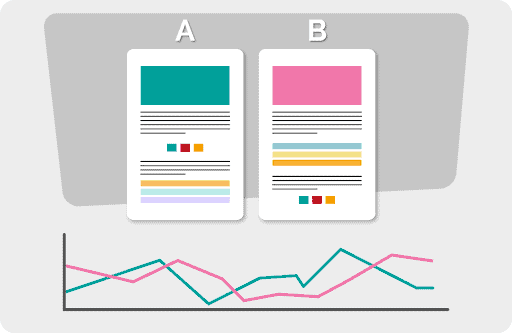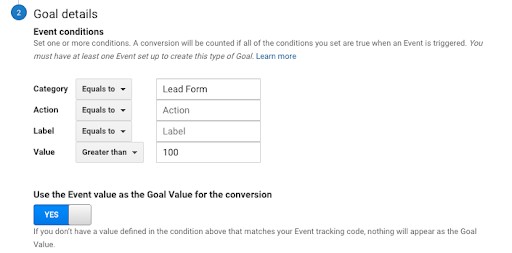Releasing a new product is tough because the launch phase will influence how it’s perceived in the long run. It’s possible to overcome a rocky start, but a disastrous introduction can leave you with a lot of work to do. You only have one chance to make a first impression—and since hype peaks early, that impression will heavily affect word-of-mouth recommendations.
Maybe the best example of this from recent times is the video game No Man’s Sky. Released back in 2016 following a massive build-up of hype, the lack of features and wide array of bugs quickly surrounded it in controversy, and sales plummeted. There’s a long and fascinating story to be told about the game eventually being redeemed through numerous huge updates, but the fact remains that the circumstances of the launch could have destroyed the project altogether.
Throughout the launch phase, you need to keep a close eye on how things are going. This will allow you to correct your course whenever necessary (and it likely will be essential on at least one occasion, no matter how finely-honed your plan is). That’s all easier said than done, of course.
So, how exactly do you gauge how things are going?
The key is tracking the right things: you can’t usefully track everything, but you don’t need to. In this post, we’re going to look at four steps you should follow to ensure that you can usefully track the performance of your product launch (and push it towards success).
Step 1: Set Up Distinct Landing Page Variants
While hype can peter off the longer your product is available, interest shouldn’t. Presented well, a good product should rise in popularity over time, and become more profitable through the expiry of introductory offers. This means that the launch phase is the perfect time to test some different approaches to marketing. More notably through running competing landing pages.
Think of all the ways in which you could promote your product: all the descriptions you could field, all the styles you could try, and all the audiences you could target. By setting up unique landing pages to embrace these different options and using them for A/B testing (and other forms of testing), you can arrive at some useful conclusions.
After some weeks of running your tests, you can determine two vital things: an optimal arrangement for getting general interest and how different people respond to different tactics. If you ever want to launch more niche promotional campaigns, the insight gleaned will prove extremely valuable.
Step 2: Analyze Queries Pre-and Post-Purchase
You can learn a lot from the questions people ask about what you offer.
- “When will this product launch?” tells you two things: that there’s some interest in said product and that you haven’t done a perfect job of communicating the release date (assuming you’ve announced it).
- “How do I use it?” is an interesting post-purchase question: it tells you that your product is appealing, but buyers don’t fully understand it, making it unclear how well it will be received over time.
You need to collect as many of these queries as possible. Set up a dedicated support email address, and implement features like chatbots that allow you to store inbound messages. Trawl through them to see what you can glean. You should be able to form a strong idea of how things are going.
Step 3: Create Custom Goals with Clear Values
There’s one goal in particular that you’re working toward (selling as many products as possible), but success is far more complicated than that. If you’re going to reach your main goal, you have to consider all the other goals along the way. You need to decide which ones matter to you and assign them relative values if they prove helpful.
One example of a custom goal worth defining is an existing customer returning to the product page. That could mean two very different things. They could be there because their happiness with the product pushes them to buy another one or because their dissatisfaction with the product leads them to suspect that they either misread or were misled. However, you could track what happens (complaints and/or repeat purchases).
Values are always going to be somewhat arbitrary. If you know that you’re converting 3% of your email leads and every product sale yields $5 profit, you can figure out that every email lead is essentially worth 15 cents to you. Bringing as much as possible back to that central goal — maximizing profit. That will make it markedly easier to gauge the overall efficacy of your launch.
Here’s a solid guide on getting to grips with Google Analytics.
Step 4: Monitor All Social Media Mentions
Social media plays a huge role in gathering and influencing sentiment, and overlooking it during a product launch would be a grievous mistake. It isn’t just about taking note of every purchase: it’s about all mentions of your product and all the materials surrounding it. If you’re running ads, are those ads being mentioned positively, negatively, or not at all?
Remember that product mentions don’t occur in a vacuum. There will always be similar products or at least comparable, and you need to pay close attention to how yours is performing relative to others. You might be getting many positive comments, but perhaps another product of the same type is getting more positive comments.
If that’s the case, you’ll need to gauge how likely it was that you could compete with said product. When your competitor is a huge brand with a budget far beyond yours, being mentioned at all can be considered a victory. If it’s a smaller brand, then you need to adapt and fix your strategy.
If you don’t carefully track your product launch, then you can’t know how well it’s going — and you can’t correct your course if you’re going in the wrong direction. Take these steps to ensure that your product launch collects as much useful information as possible and improves over time.
Author
-

Rodney Laws is an e-commerce expert with 10+ years of experience in building online businesses. He’s worked with some of the biggest platforms in the world and uses his experience to help fellow entrepreneurs start and run their own companies.










